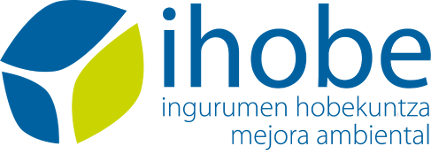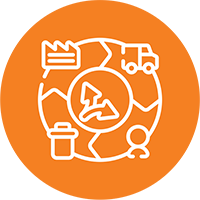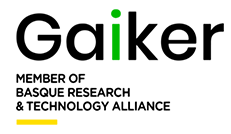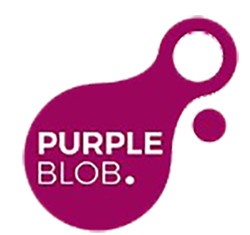DIGITEEEST
DIGITALISED DIAGNOSTICS AND TESTING FOR THE RECONDITIONING OF WASHING MACHINES
The current rate of reconditioning for the sale of electrical and electronic equipment (EEE) is very low, both in the Basque Country and in Europe. In the case of large appliances, international studies show that only 4.9% of appliances collected for reuse pass the first stages of inspection, and only 1.5% of these appliances are finally reused (considering appliances recovered from green points and other collection points, sources with the lowest success rates in reconditioning).
Statistics show that only 191 tonnes of waste electrical and electronic equipment (WEEE) were reused in 2020, compared to the 20,360 tonnes collected and managed in the Basque Country.
The insertion company, EMAÚS, which collects, manages and recovers waste in order to give it a second life (second-hand sales or other alternatives) has led DIGITEEEST, with the collaboration of the GAIKER Technology Centre, the new technology engineering firm, PURPLE BLOB, and the engineering firm for industrial assembly, handling and automation workshops, ROBOLAN.

DRIVING FACTOR
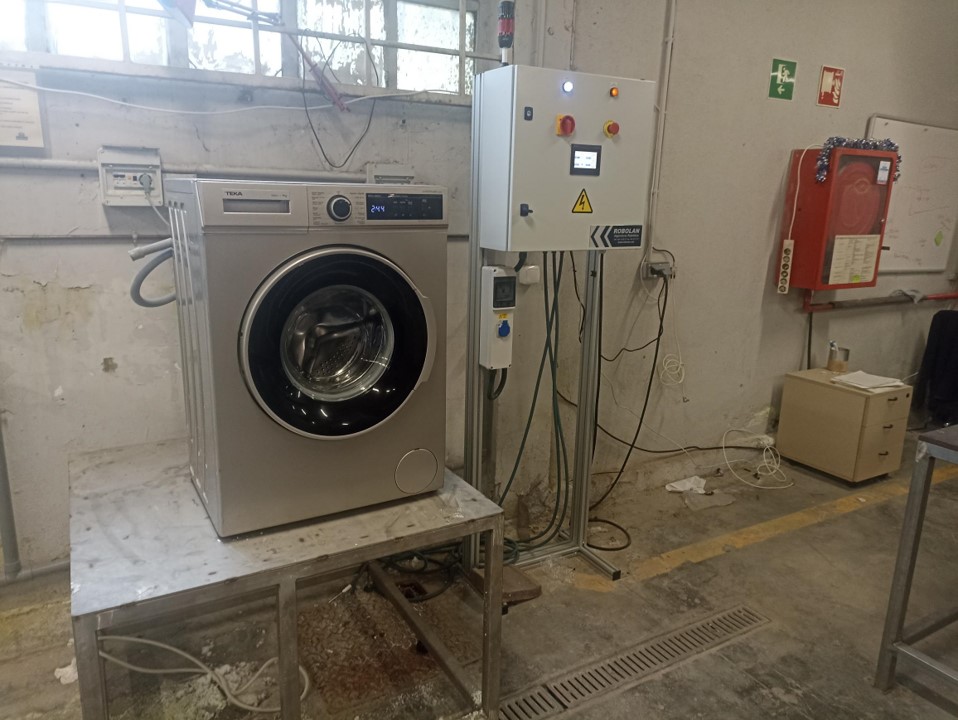
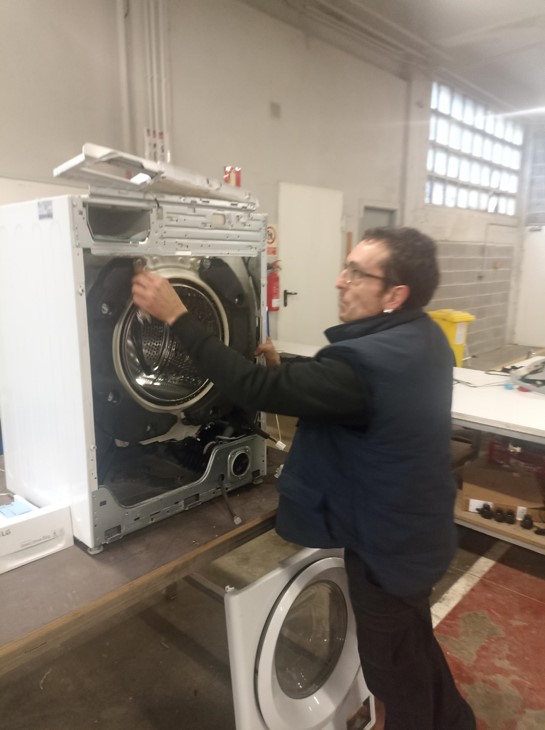
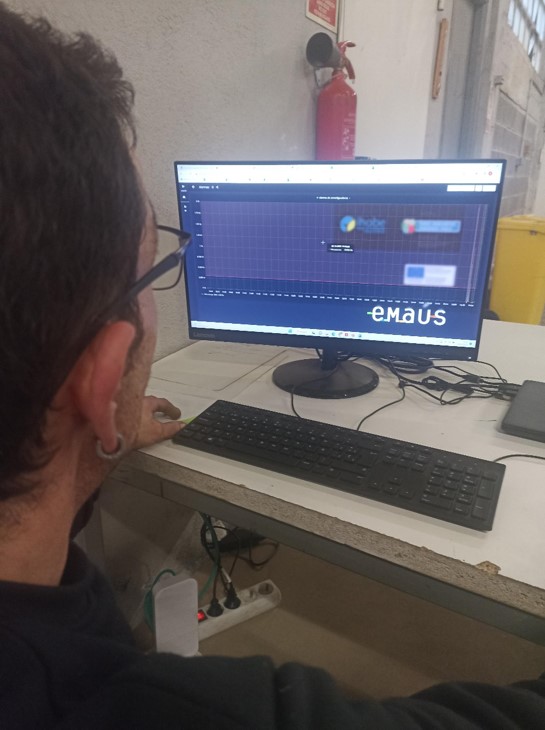
 OBJECTIVES
OBJECTIVES
- Reduce the emission of more than 2,000 tonnes of CO2 equivalent by reconditioning washing machines and preventing the dumping of 86 tonnes of material.
- Achieve a 40% recovery rate for the collection of about 400 tonnes of washing machines per year
- Invoice more than €300,000 per year 3 years after project closure thanks to SCRAP sales and fees.
 RESULTS
RESULTS
- Reduced emissions by 301 tonnes of CO2 equivalent from the reconditioning of washing machines, with 21 tonnes of material not being sent to landfill.
- Capacity of 620 tonnes per year (9,538 washing machines) has been achieved with a recovery rate of 20%.
- Estimated invoicing of €264,000 per year 3 years after project closure between sales and SCRAP fees.
- Increase in recovery volume by 124 tonnes per year, representing 1,908 units at €90 per unit
 CONCLUSIONS
CONCLUSIONS
- Process efficiency is key to the viability of a waste electrical and electronic equipment (WEEE) preparation line for reuse, and this efficiency depends on the application of technological solutions that help to systematise processes, such as sensorisation and process automation.
- Upgrading and capacity building through technology and process innovation is not enough in the face of a poorly functioning WEEE supply chain, which today prevents higher readiness for re-use rates due to the poor conditions in which equipment is stored.
- Lack of access to libraries to obtain software data required for reconditioning operations may result in a barrier to the execution of such operations.
ENVIRONMENTAL
TECHNICAL
ECONOMIC
COMMERCIAL
ON THE MARKET
